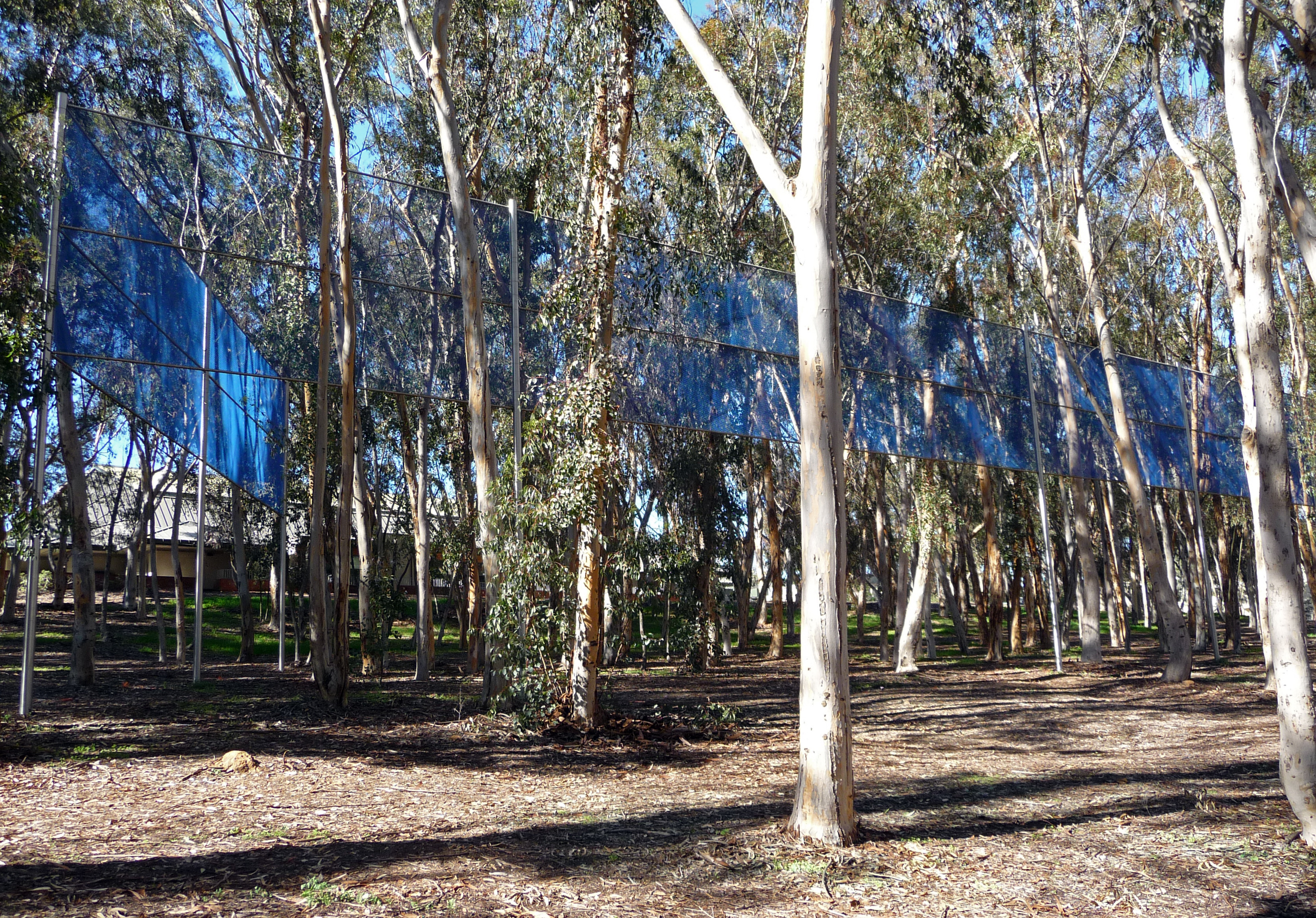 Spotted in the herb garden of the Huntington Gardens in Pasadena: tall flax stalks tied into attractive bundles. (Or are those sheafs?)
Spotted in the herb garden of the Huntington Gardens in Pasadena: tall flax stalks tied into attractive bundles. (Or are those sheafs?)
We’ve grown flax before–its easy to grow and has a pretty blue flower. The seed pods contain tasty flax seeds, of course, and if you grow enough of it, you could theoretically make your own linen!





